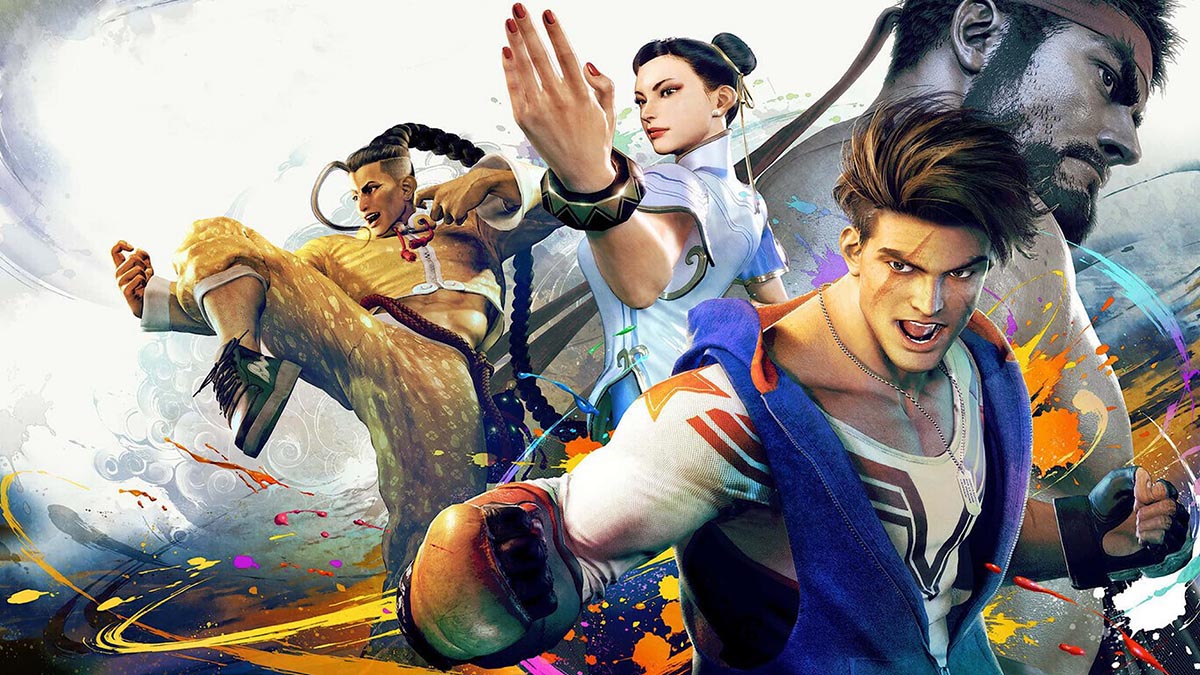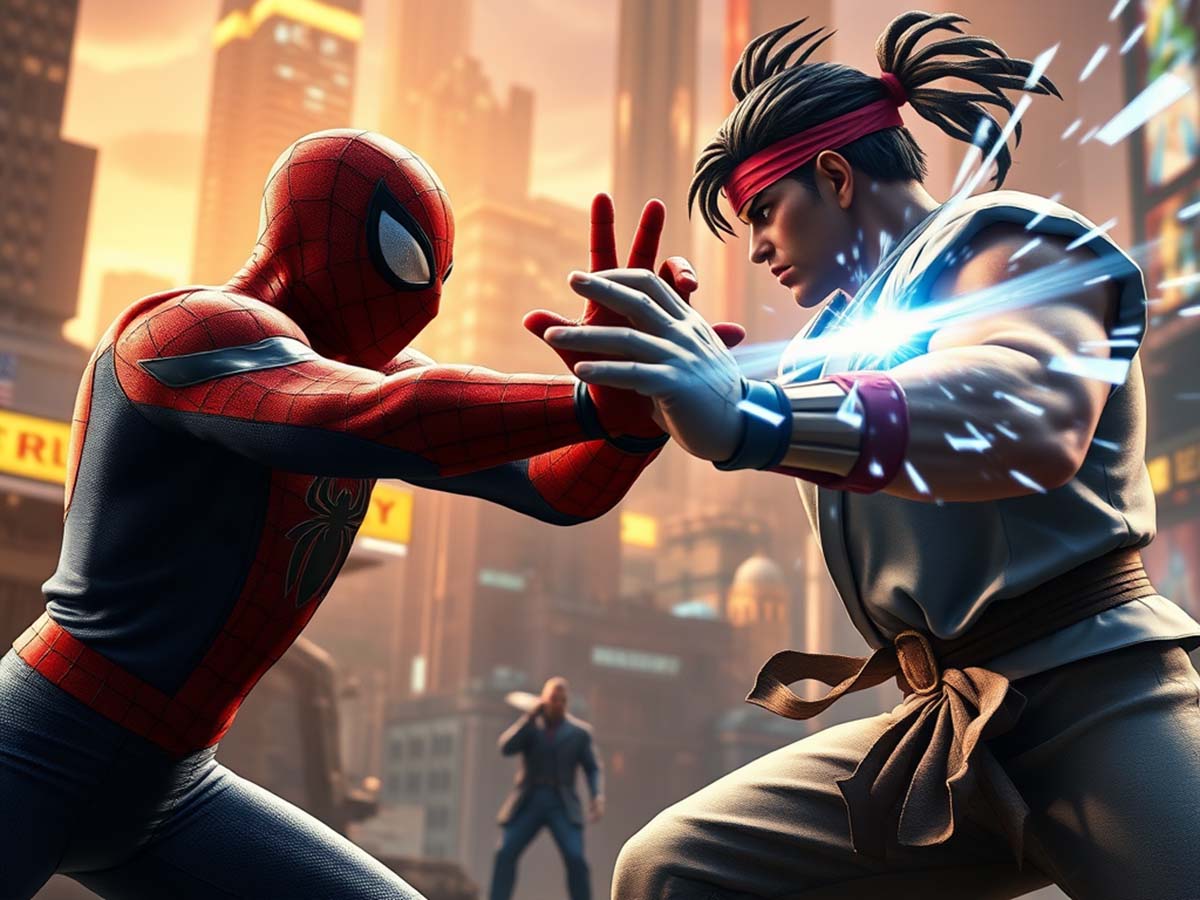Origins of Street Fighter
The emergence of Street Fighter in 1987 marked a transformative era in gaming. Capcom’s initial release introduced a concept that placed players in direct competition, emphasizing mastery over timing and precision. While the original game garnered modest attention, its foundational ideas set the stage for what came next. The release of Street Fighter II in 1991 redefined the landscape. It brought multiplayer combat to the forefront, creating an experience that transcended traditional arcade gaming. No longer focused solely on chasing high scores, players turned their energy toward perfecting strategies and executing techniques in face-to-face matches.
Street Fighter II’s meteoric rise was nothing short of revolutionary. Its unique lineup of characters, each boasting distinct fighting styles, captivated players worldwide. The game dominated arcades, drawing crowds who cheered on fierce rivalries between friends and strangers alike. From its inception to the groundbreaking sequel, the journey not only propelled the series into stardom but also reshaped the fighting game genre, elevating it into a cultural phenomenon. Street Fighter II also introduced competitive dynamics that influenced future titles, bridging the gap between casual play and intense, skill-based competition. It encouraged a culture where mastery became a badge of honor, pushing players to hone their skills and learn from each battle.
Character Design and Popular Fighters
The cast of Street Fighter is iconic, boasting characters with memorable designs and compelling backstories. Ryu, the disciplined and focused martial artist, symbolizes persistence and precision. His Hadouken attack became emblematic of the series, embodying its philosophy of dedication and mastery. Chun-Li, a trailblazing female fighter, brought agility and raw power to the forefront. Her moves, such as the spinning bird kick, remain unforgettable, earning her a place as one of gaming’s most celebrated figures.
Among the roster, Akuma stands out as a figure of immense strength and mystery. His presence introduced a narrative of intense ambition and the dangers of unrestrained power. Characters like these did more than offer gameplay variety; they created emotional connections with players. Each fighter’s unique style and story ensured that everyone could find a personal favorite, deepening engagement and driving replayability. The diversity in character design and playstyles contributed significantly to Street Fighter’s enduring appeal.
The visual design of characters played a crucial role in their memorability. Each fighter’s costume and animations reflected their personality, cultural origins, and fighting discipline. For instance, Dhalsim’s stretchy limbs and fire-based moves represented his yoga mastery, while Guile’s military-inspired look and precise sonic booms reinforced his disciplined background. These details ensured that the roster resonated with audiences globally, making the series a universal phenomenon.
Gameplay Mechanics and Combos
Street Fighter revolutionized gameplay with mechanics that redefined the genre. Early iterations focused on simplicity, featuring accessible controls that allowed players to throw punches or kicks with varying intensity. Over time, the series expanded its systems, introducing layers of complexity that rewarded both skill and strategic thinking.
Combos emerged as a defining feature, discovered by accident during development. This mechanic allowed seamless chaining of attacks, encouraging players to explore creative and effective strategies. The inclusion of combos elevated the gameplay, adding depth that appealed to competitive players. Special moves, such as fireballs or uppercuts, required precise input, further highlighting the balance between accessibility and mastery.
With later entries, supers and ultra combos were introduced, amplifying the stakes. These powerful abilities demanded calculated risk-taking, rewarding players who timed their execution perfectly. The combination of accessible mechanics for newcomers and advanced systems for veterans established Street Fighter as a benchmark for quality and innovation in fighting games.
Another groundbreaking addition was the introduction of stun meters and guard breaks. These mechanics incentivized aggressive playstyles and punished defensive stalling, creating dynamic matches that kept spectators engaged. The ability to read opponents and adapt strategies in real time became an essential skill, setting apart seasoned players from novices. The evolving mechanics ensured that every iteration of Street Fighter brought something fresh to the table while maintaining the core principles that defined the franchise.
Competitive Tournaments and Legacy
Street Fighter’s impact extends well beyond its arcade origins. The competitive gaming scene owes much of its foundation to this franchise, which introduced structured tournaments in the early 1990s. These events celebrated skill and sportsmanship, drawing dedicated players to showcase their abilities. Over time, these gatherings evolved into grand spectacles, with events like the EVO Championship Series and the Capcom Pro Tour solidifying Street Fighter’s place in esports history.
Online gaming further expanded the franchise’s influence, connecting players from different corners of the globe. Local rivalries in arcades transformed into international showdowns, with participants competing for prestige on a global stage. Beyond fostering competition, these tournaments nurtured a sense of camaraderie and community. Players shared strategies, formed friendships, and celebrated a shared passion for excellence.
The legacy of Street Fighter is undeniable. It inspired countless developers to innovate within the fighting genre, introducing mechanics and features that became industry standards. Decades after its debut, the series continues to thrive, proving that timeless design, a commitment to innovation, and a dedicated fan base can sustain a franchise across generations.
Moreover, the competitive scene owes much of its culture to Street Fighter’s tournament structure. The concept of fair play, meticulous practice, and mutual respect between competitors became hallmarks of the community. By offering an equal playing field where only skill determined victory, the franchise laid the groundwork for the modern esports movement. Spectators were not only drawn to the technical prowess displayed but also the stories of rivalry and redemption that unfolded in real-time.
As the series evolved, it embraced modern technology to enhance the competitive experience. High-definition graphics, refined mechanics, and robust online matchmaking made the games more accessible than ever. These advancements ensured that new generations of players could join the fray, keeping the competitive spirit alive. The introduction of tools such as training modes and replay analysis allowed players to refine their techniques and learn from others, further elevating the skill ceiling of the game.
Expanding the Cultural Impact
Street Fighter’s influence extends beyond gaming. Its characters, catchphrases, and music have permeated popular culture, appearing in movies, TV shows, and merchandise. The franchise’s animated adaptations brought its stories to new audiences, while its live-action films, though polarizing, showcased the enduring fascination with its lore. The iconic soundtracks, from Guile’s theme to Ryu’s stage music, have become instantly recognizable, evoking nostalgia among fans worldwide.
Additionally, the franchise played a role in uniting people from diverse backgrounds. Tournaments often brought together players of different nationalities, fostering friendships and mutual respect. The universal appeal of the game’s mechanics and characters bridged language barriers, creating a global community that shared a common love for competition.
The series also left its mark on other industries. Fashion collaborations featuring Street Fighter-inspired designs highlighted its cultural significance, while partnerships with brands brought the game’s imagery to everyday products. This cross-industry presence ensured that the franchise remained relevant, even among those unfamiliar with its gaming origins. Street Fighter’s ability to adapt and integrate into various forms of media underscores its status as more than just a game; it is a cultural touchstone.
In educational contexts, Street Fighter has even been used as a teaching tool. Its emphasis on timing, strategy, and adaptability has inspired discussions about problem-solving and critical thinking. The franchise’s lasting appeal demonstrates how games can transcend entertainment, becoming meaningful experiences that resonate across generations.



